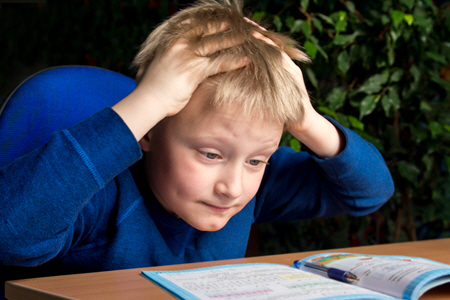Motor delay and deficits create challenges for children.
Sensory and motor development is the process by which a child gains use and coordination of his/her muscles of the trunk, arms, legs and hands (motor development), and begins to experience the environment through the five senses of sight, sound, smell, taste, and hearing.
Motor development follows a general pattern that most babies, infants, and children will follow.
When motor function, movement, and coordination ability fall outside of a wide range of what is considered normal, it is described as a motor delay or deficit.
Sensory deficit is a general medical term that encompasses a wide arrange of symptoms which can included difficulties with one or more of those five main senses. Many developmental or learning disorders include challenges with motor function like:
- Delayed sitting, crawling and walking
- Catching a ball
- Dancing
- Playing sports
- Difficulty with fine motor skills like writing clearly and with either hyper responsiveness or unresponsiveness to external stimuli
- Difficulty with understanding, tolerating and participating in a normal life environment
 Sensory motor deficits can take a variety of different forms.
Sensory motor deficits can take a variety of different forms.
It is difficult to have a conversation or play with children displaying sensory processing disorders.
Symptoms fall into difficulties interpreting and reacting normally to the environment around them.
Motor problems describe the symptoms associated with muscle development, body movements, motor coordination, and fine motor skills.
 Occupational therapy is used to treat Sensory/Motor Deficits.
Occupational therapy is used to treat Sensory/Motor Deficits.
Since sensory/motor development is a key part of a young child’s growth and development.
Pediatric occupational therapy uses the child’s senses of touching, tasting, smelling, seeing, moving, and hearing to help them explore and learn about the world around them.
Sensory integration helps the child organize.
“Sensory integration is the process of organizing sensory inputs so that the brain produces a useful body response and also useful perceptions, emotions, and thoughts.” Ayres, A. Jean, 1979, Sensory Integration and the Child, p. 28
Sensory Integration supports the child’s ability to organize himself and organize himself in the world around him. The general goals of sensory integration are for the child to:
- Interact successfully in his activities during play, work, and education
- Enhance development
- Participate in activities that are driven by her interests and abilities
There are several signs of poor sensory integration including:
- Poor transitions
- Emotional responses to movement
- Withdrawal from sensation
- Poor social behavior
- Poor emotion regulation
- Sensory-seeking behaviors
- Disorganized motor skills
- Difficulty performing skilled movements
- Difficulty using tools
- Low self-esteem
Evaluations are necessary for diagnosis of sensory/motor deficits.
Sensory integration deficits are estimated to occur in approximately 5% of the general population. Rates are higher in people with diagnostic conditions such as Autism, Fragile X, ADHD, and Learning Disabilities.
Having one of these diagnoses, however, does not mean that your child has sensory integration deficits. Only through an occupational therapy evaluation can it be determined if a child has deficits and, if they do, what they are.
We offer a free 20-minute phone consultation. Please call (917) 720-6086 and get started today.

